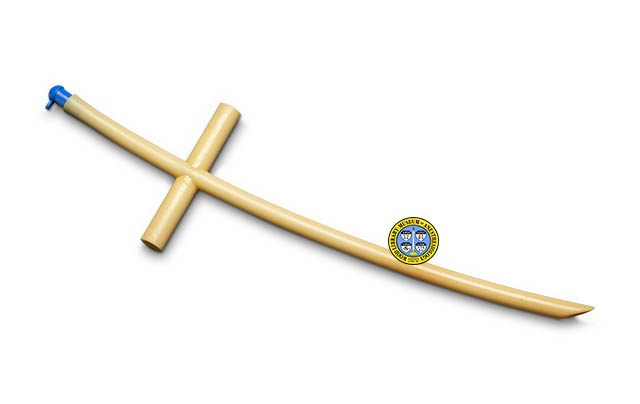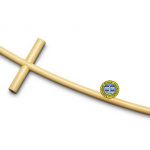Rees Tube
Anesthesiologists use a variety of tools to manage the patient's respiration during surgery, including tubes that are placed in the patient's trachea (windpipe.) The many anatomical differences between children and adults include the location and angle of the trachea. The first pediatric tracheal tube was described by the French obstetrician, François Chaussier in 1806.
The British physician Gordon Jackson Rees, FRCA, FRCP, FRCPH (1918-2001) specialized in pediatric anesthesia. In 1950, he introduced a new method of pediatric ventilation. This incorporated the T-shaped, metal connector invented by another specialist in this field, Dr. Philip Ayre (1901-1979). In 1966, Dr. Rees described a new T-shaped nasotracheal tube made of polyvinyl chloride (PVC), to "facilitate prolonged intermittent positive pressure ventilation of the lungs in infants and children". The long limb of the tube would be inserted by way of the patient's nose. Additional tubes would connect one end of the crosspiece to an inspiratory valve and the other to an expiratory valve. The short limb of the tube enabled the removal of secretions by suction, without having to disconnect from the ventilator.
Unlike most Rees tubes, the example shown here was intended for oral intubation of large children and adults. It was made by the British manufacturer, Portland Plastics Ltd., later known as Portex. It was donated by John B. Stetson, M.D. (1927-1993).
Catalog Record: Rees Tube Contact [email protected] for catalog record.


